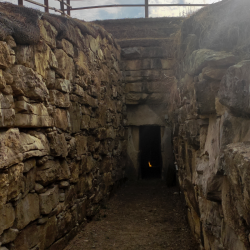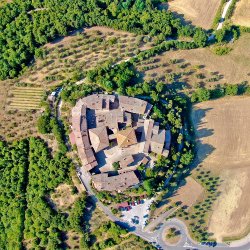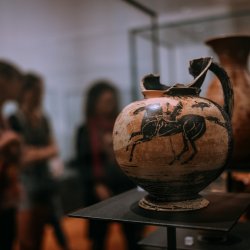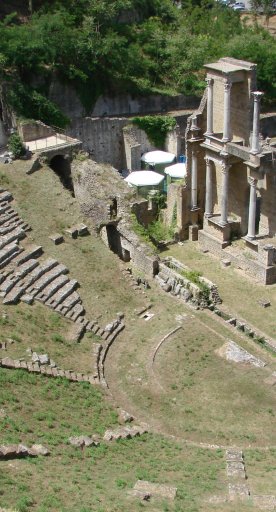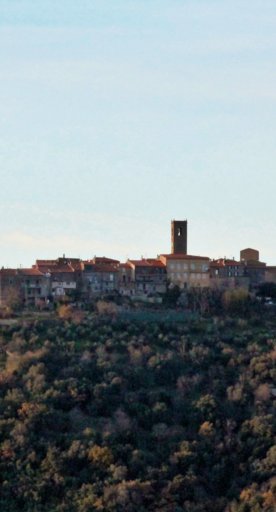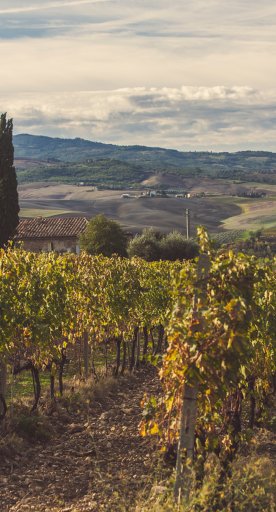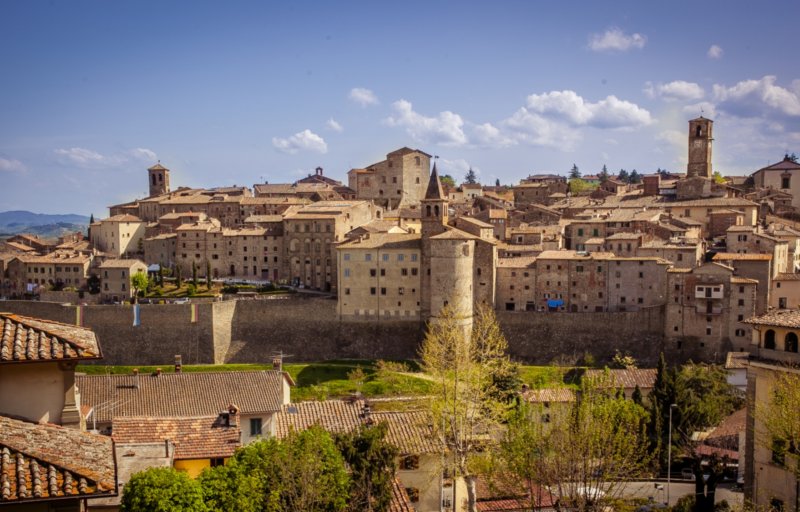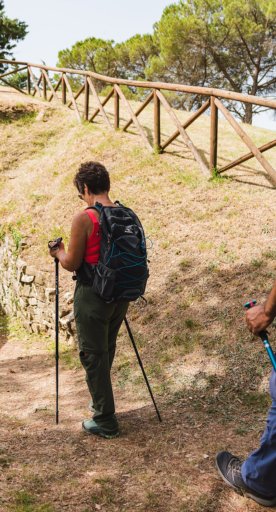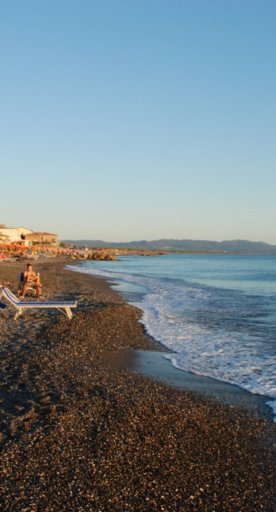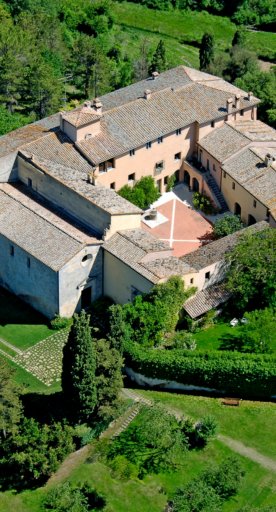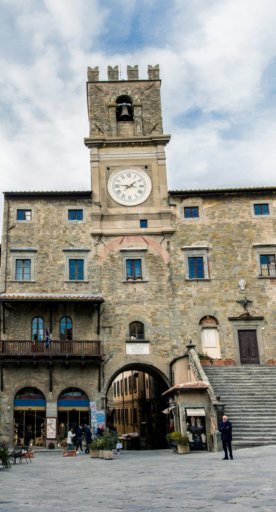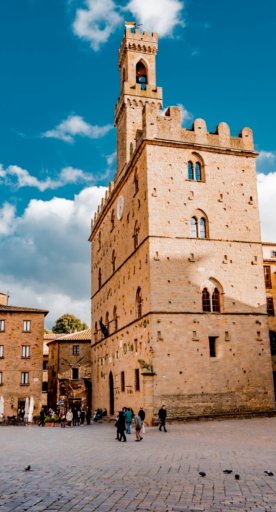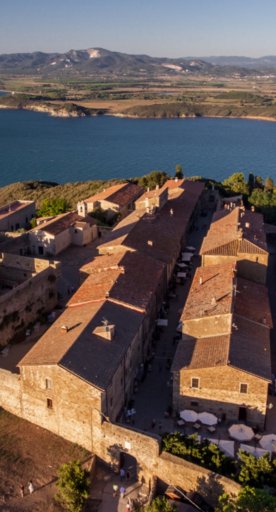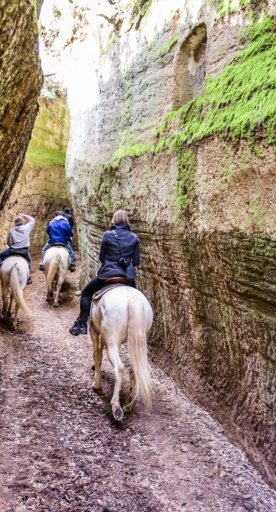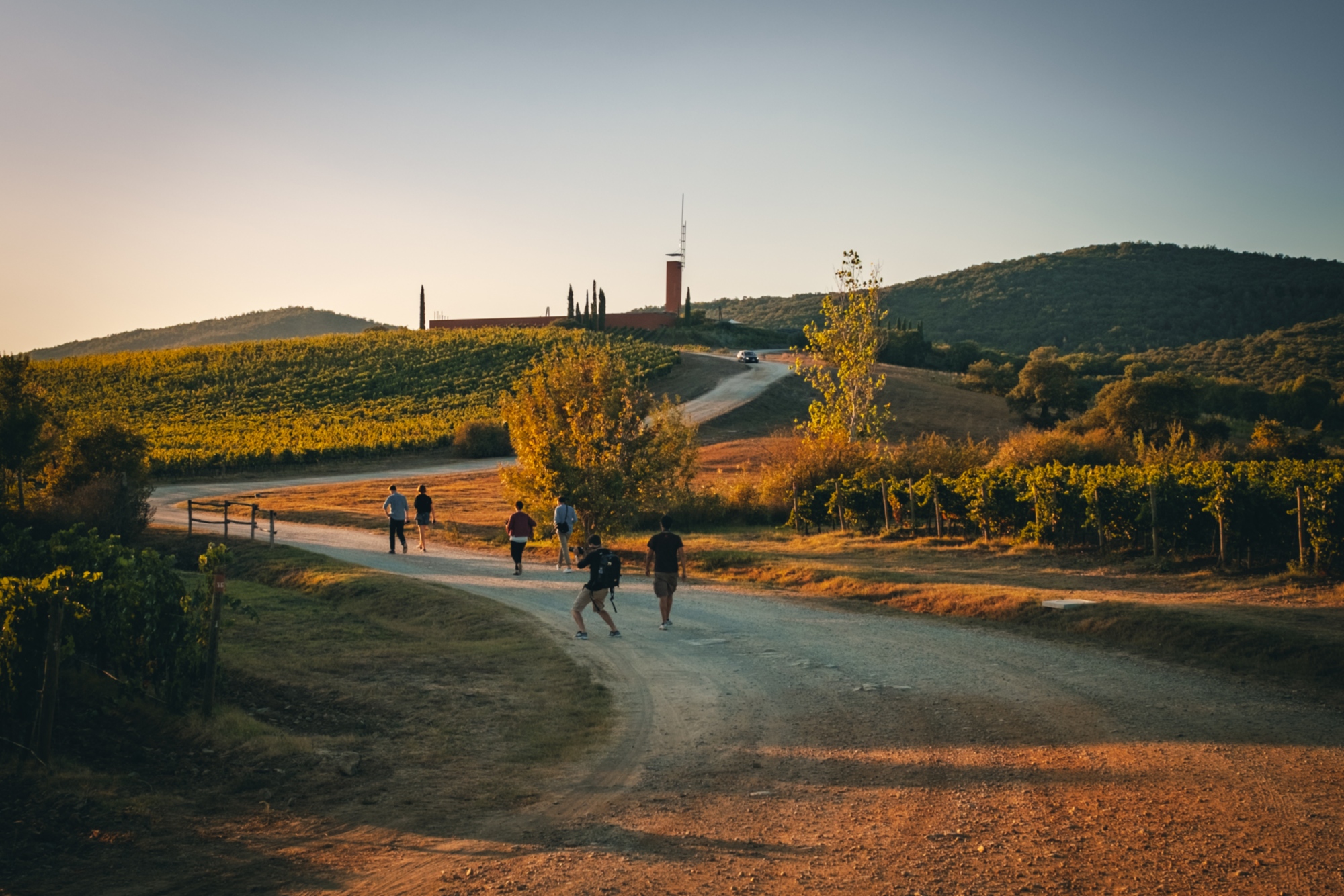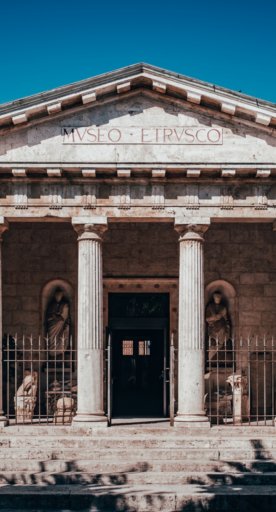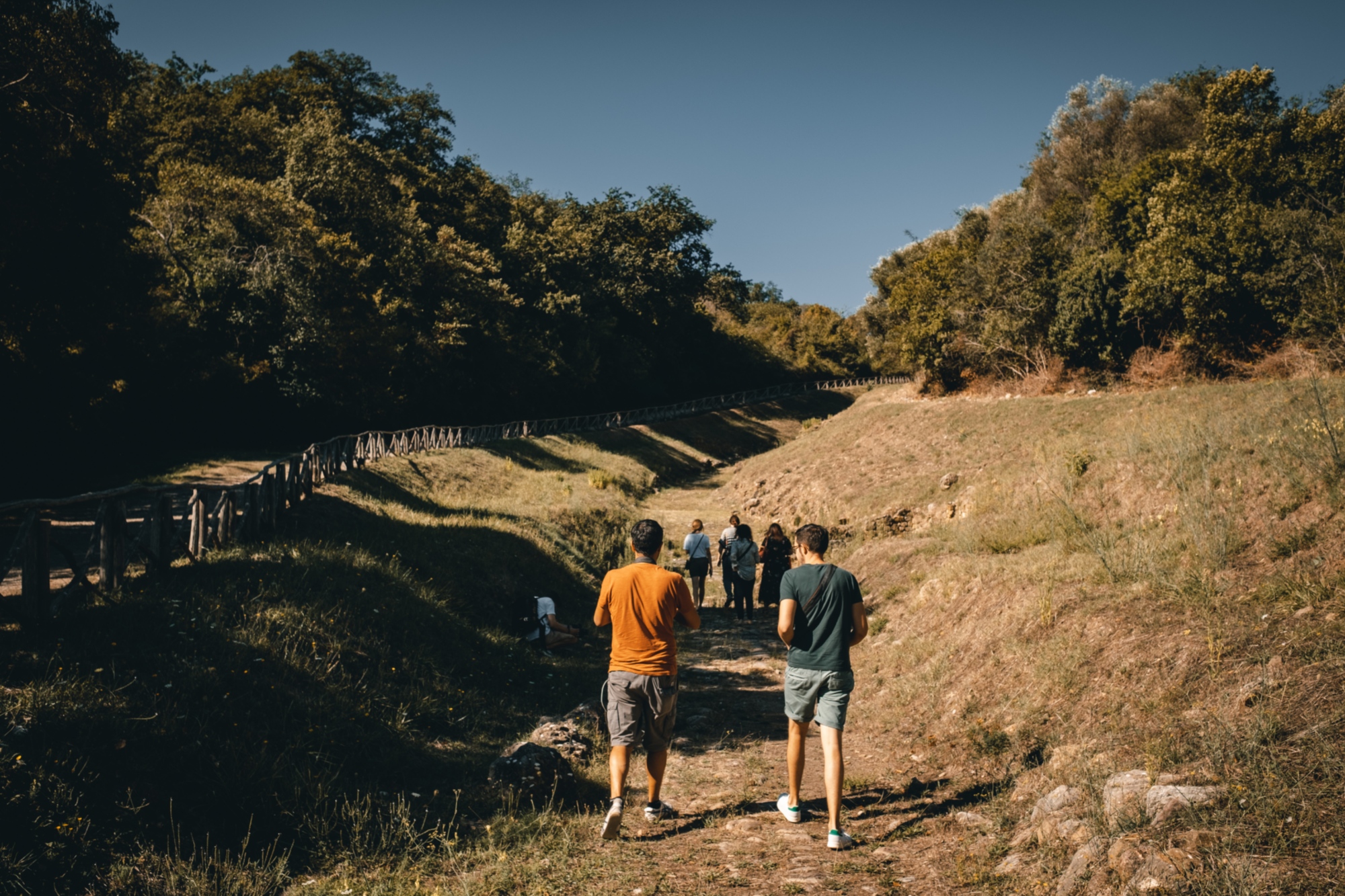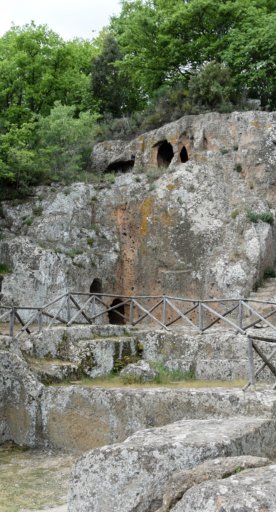In the footsteps of the Etruscans in Arezzo and suroundings
A journey back in time between the Arezzo, Valdichiana and Casentino areas
Back in 1553 an emblematic figure of the Etruscans was found near Arezzo: the Chimera, a bronze statue from the 4th century BCE depicting an imaginary animal with the body and head of a lion, a long tail in the shape of a serpent and the head of a goat on its back; the piece is now held in the National Archaeological Museum in Florence.
But there's more: not far from Arezzo are two valleys where the Etruscans once lived, building cities and necropolises, and still today there are important traces of their civilization: the Valdichiana and the Casentino were chosen by the Etruscans for their geographic position, the former being a transit territory toward Chiusi and the latter toward the north, beyond the Apennines.

This journey through Arezzo and surroundings, following the footsteps of the Etruscan civilization, begins in Cortona, Valdichiana area, where you must visit the Etruscan Academy Museum, home to bronzes, vases and jewellery coming mostly from the Tumulus of Sodo.
It’s easy to imagine how Cortona and the plain below must have looked to Etruscan travellers: on one side was the city of the living, stretched across the slopes of Monte Sant’Egidio, and on the other, the city of the dead, with its necropolises and burial mounds, in what is today the Valdichiana. It’s the same view we ourselves can enjoy when arriving from Perugia, Chiusi or Arezzo.
At the crossroads of these three important directions, there are two burial mounds known as “Meloni” I and II by the locals, as well as Melone di Camucia, which are unique for their crescent shape. The later tombs, dating to the 2nd century BCE and called “Tanelle” are also important: the Tanella Angori, in the direction of Perugia, and the Tanella di Pitagora, on the road to Arezzo.
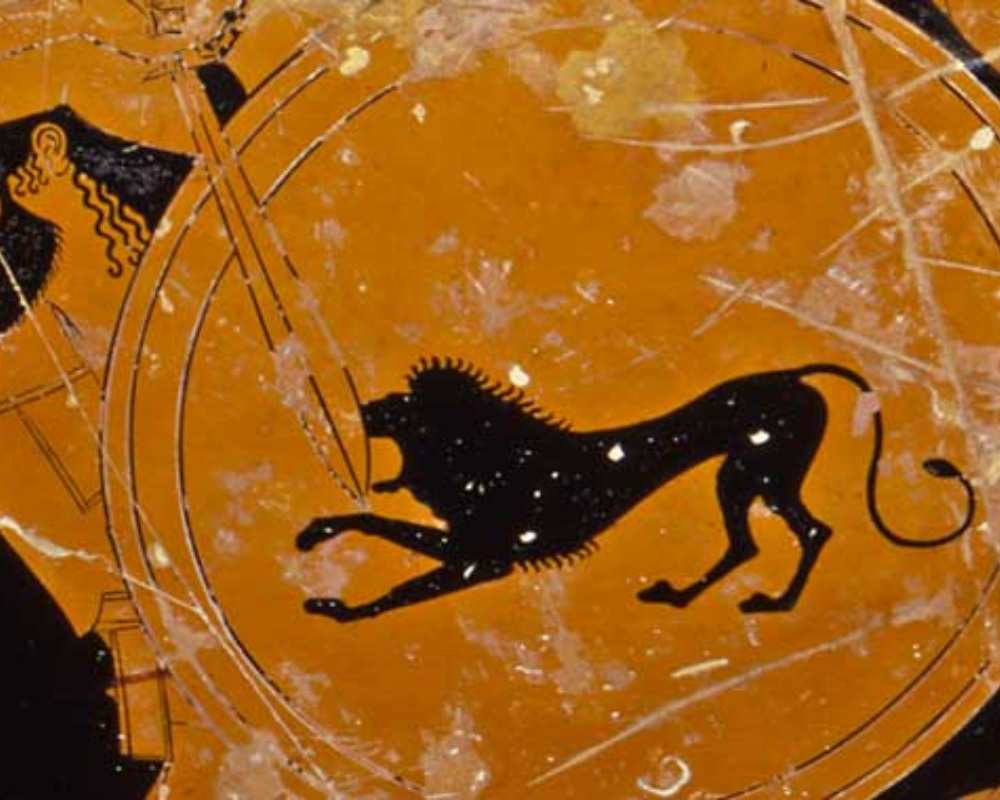
In Arezzo, you’ll find the "Gaio Cilnio Mecenate" National Archeological Museum, located inside the ex-monastery of San Bernardo, which was built atop the ruins of a Roman amphitheatre (first half of the 2nd century BCE): this is where you can see extraordinary examples of pottery made from local Arezzo clay and precious jewellery discovered in the Poggio del Sole necropolis.
From the Archeological Museum, walk up the hill to piazzetta San Niccolò, where excavations have brought to light the ruins of an Etruscan wall that surrounded the city.
The history of the Etruscans in Arezzo ends just a few kilometres from the historic centre, in San Cornelio Castelsecco: on the hill, you can still see a theatre/temple whose peak was in the 2nd century BCE but whose origins are even older. The discovery of terracottas depicting children in swaddling blankets, today on display in Arezzo’s Archeological Museum, lead scholars to believe that the place was also the site of a cult dedicated to some protectress deity of maternity.
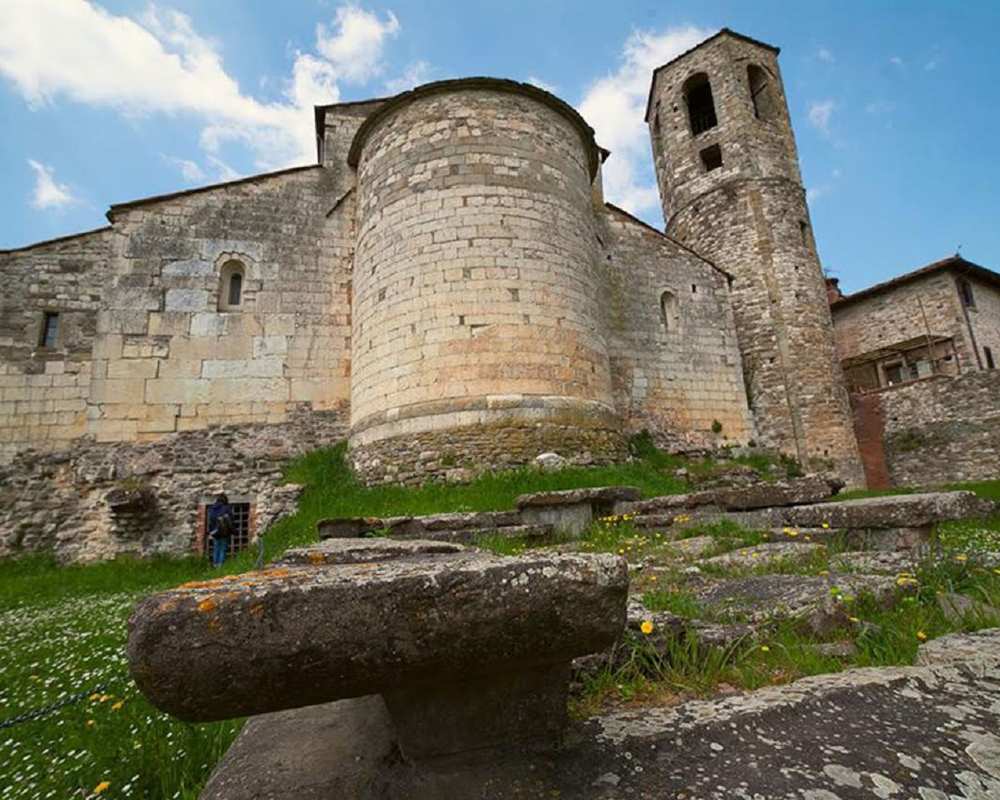
Finally, let's move to the Casentino area: in Pieve a Socana, in the municipality of Castel Focognano, you’ll find the splendid Romanesque Parish Church of Sant’Antonino.
This is where you can see a large Etruscan altar that was used from the 5th century to the 1st century BCE. Excavations have brought to light a flight of stairs that led into the temple just across from the parish church. It’s known that in Pagan temples, the altar was placed outside the sacred building.
The site is a clear testament to Etruscan piety, closely tied to other places of worship in the valley, like the one on Monte Falterona and its votive offering, in the upper Casentino.



